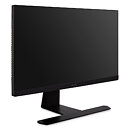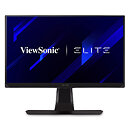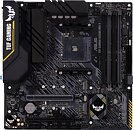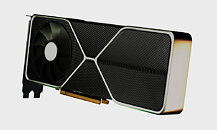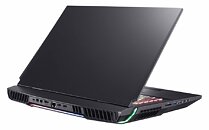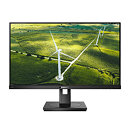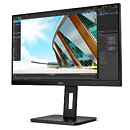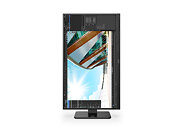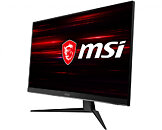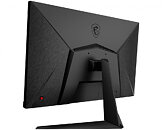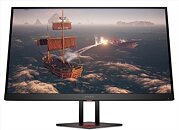
ViewSonic Introduces the XG270Q, the Latest 27-inch ELITE Gaming Monitor with G-SYNC Technology
ViewSonic Corp., a leading global provider of visual solutions, announced the launch of the newest addition to its award-winning ViewSonic ELITE line of gaming monitors with the XG270Q Designed to deliver an amazing gaming experience, the XG270Q features a 165Hz refresh rate, 1 ms (GtG) response time and NVIDIA's G-SYNC Compatible technology for a smooth and seamless gaming experience.
As part of its ELITE gaming portfolio, the ViewSonic XG270Q is a 27-inch monitor that can achieve true 1ms (GtG) response time. Along with the 165Hz* refresh rate and G-SYNC Compatible technology, the XG270Q ensures effortless gameplay within even the fastest scenarios. This gaming monitor also boasts a frameless IPS panel with native QHD (2560x1440) resolution and VESA DisplayHDR 400 certification that brings games to life with vibrant colors and incisive details.
As part of its ELITE gaming portfolio, the ViewSonic XG270Q is a 27-inch monitor that can achieve true 1ms (GtG) response time. Along with the 165Hz* refresh rate and G-SYNC Compatible technology, the XG270Q ensures effortless gameplay within even the fastest scenarios. This gaming monitor also boasts a frameless IPS panel with native QHD (2560x1440) resolution and VESA DisplayHDR 400 certification that brings games to life with vibrant colors and incisive details.
